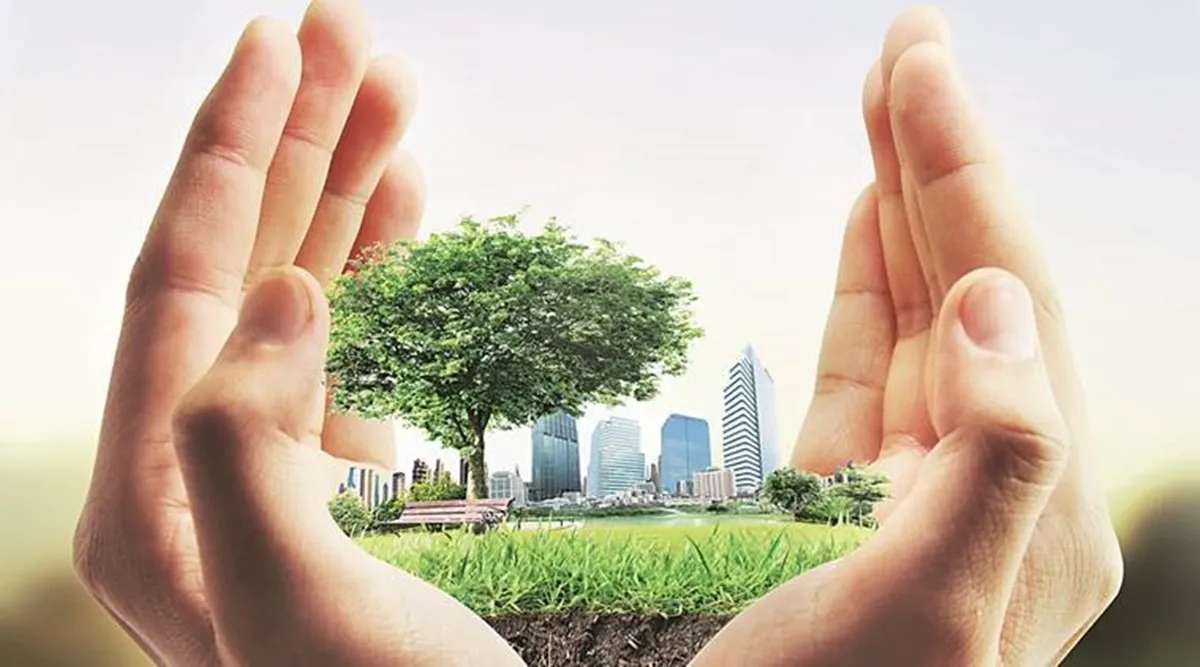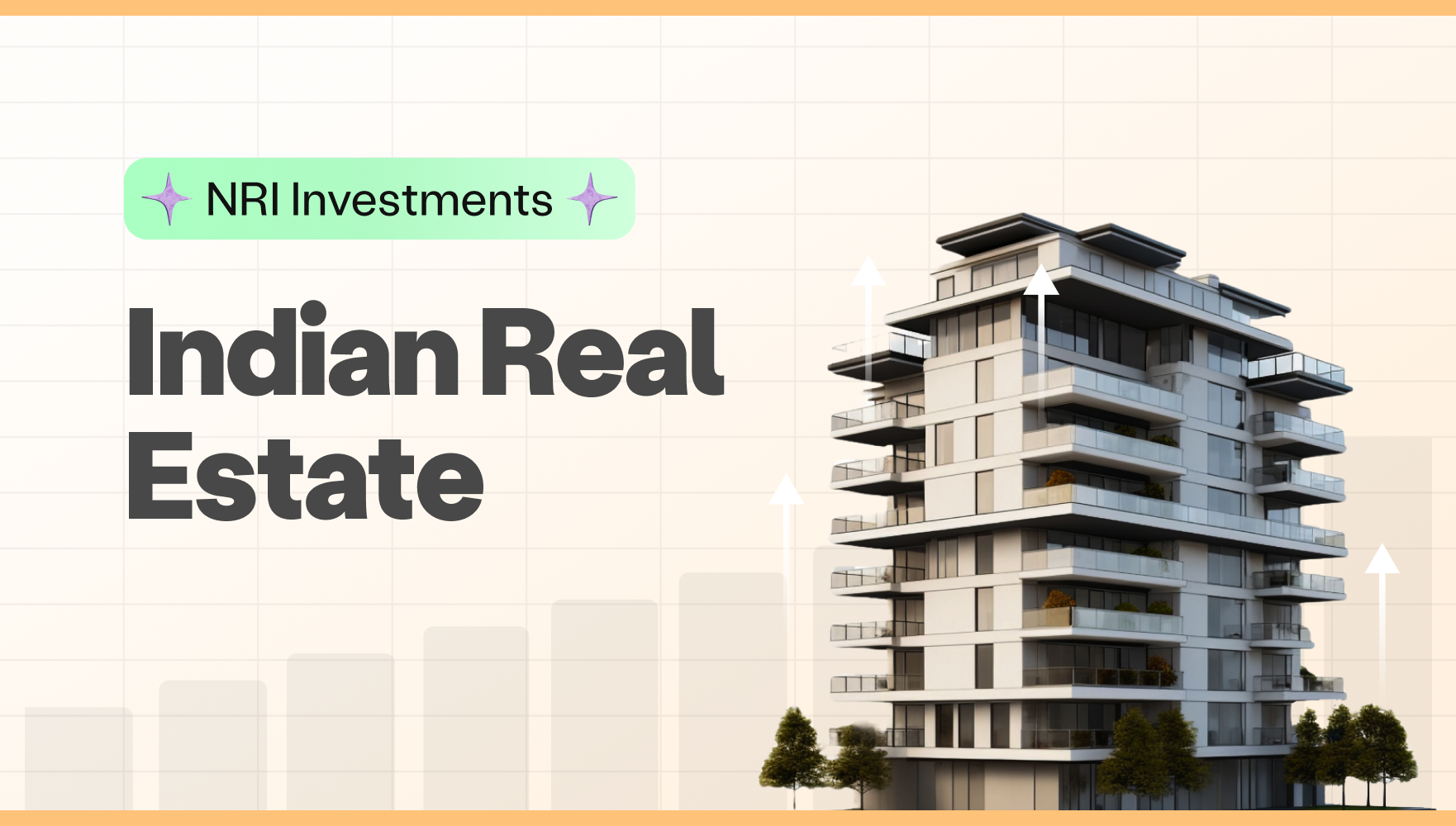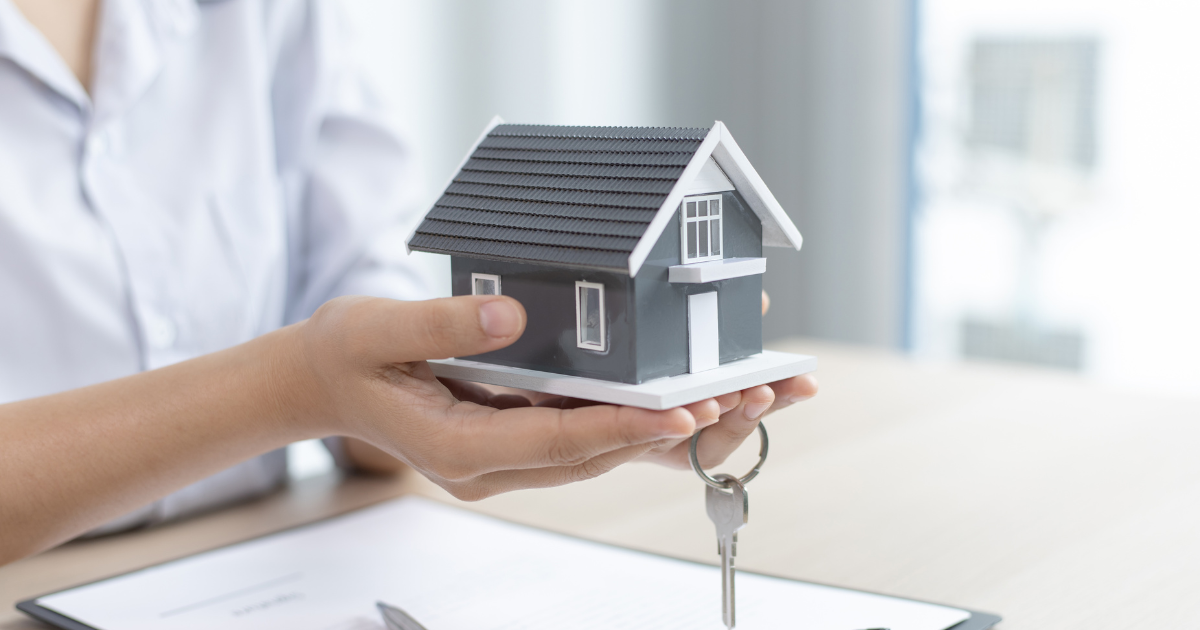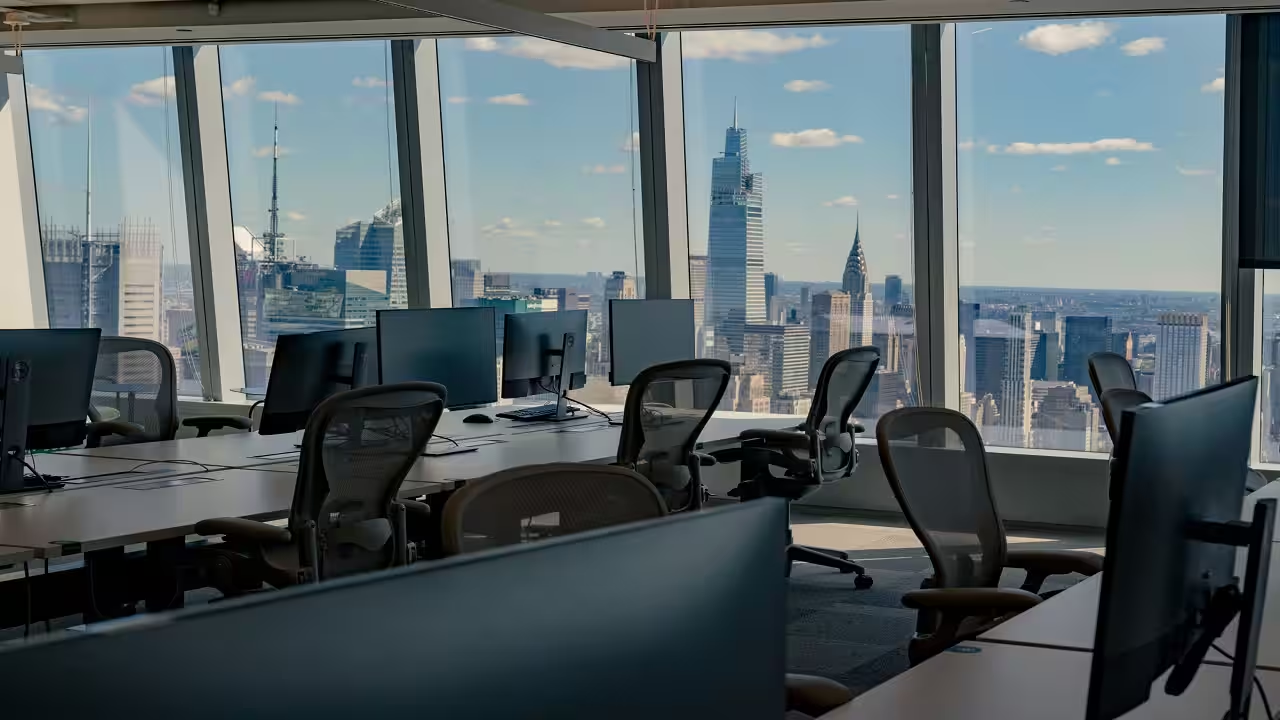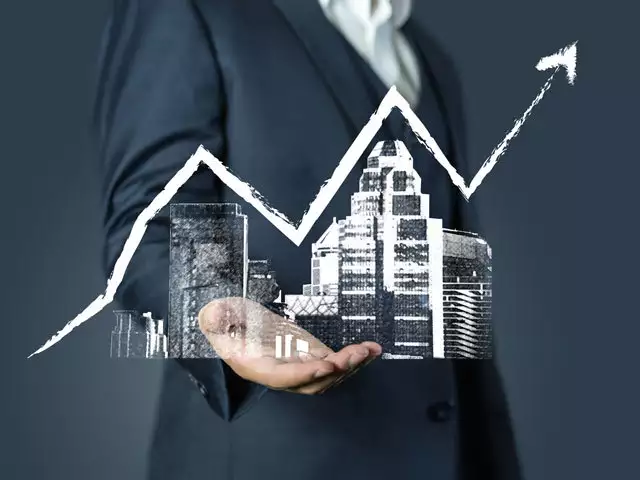Imagine waking up to sunshine streaming through energy-efficient windows, surrounded by lush greenery in your urban oasis. Your commute is a breeze thanks to a network of bike lanes and accessible public transportation. This isn’t a romantic fantasy; it’s the future envisioned by sustainable real estate development.
Sustainable Real Estate: A Cornerstone of Green Urban Development
The world’s population is rapidly urbanizing, placing immense pressure on our cities’ resources and infrastructure. Traditional real estate development often comes at a cost to the environment, contributing to urban sprawl, pollution, and inefficient energy use. Sustainable real estate development offers a solution to create thriving, livable cities that minimize their environmental impact.
Key Principles of Sustainable Real Estate:
- Environmental Responsibility: This includes using eco-friendly construction materials, energy-efficient appliances, and building systems, and incorporating renewable energy sources like solar panels.
- Resource Conservation: Sustainable practices focus on minimizing water use through efficient plumbing systems and promoting water-saving landscaping. Maximizing natural light and ventilation reduces reliance on artificial lighting and heating/cooling systems.
- Community Integration: Sustainable developments prioritize walkable neighborhoods, public transportation access, and mixed-use spaces that encourage interaction and a sense of community.
- Health and Wellbeing: Green spaces, natural light, and improved air quality within buildings all contribute to the physical and mental health of residents.
Benefits of Sustainable Real Estate Development
Sustainable real estate development offers a win-win situation for residents, developers, and the environment. Here are some key benefits:
- Reduced Environmental Impact: Sustainable buildings consume less energy and water, leading to lower greenhouse gas emissions and a smaller carbon footprint.
- Increased Property Value: Studies show that green buildings command higher rents and sale prices due to their energy efficiency and overall appeal to environmentally conscious tenants and buyers.
- Improved Health and Wellbeing: Residents of sustainable buildings experience better air quality, increased natural light, and access to green spaces, all contributing to improved health outcomes.
- Enhanced Community Vibrancy: Walkable, mixed-use developments foster a sense of community, encouraging interaction and social engagement.
- Resilience in a Changing Climate: Sustainable buildings are designed to be more resilient to extreme weather events and climate change impacts.
Beyond the Basics: Unconventional Approaches in Sustainable Real Estate
While the core principles of sustainable real estate remain constant, innovative approaches are constantly emerging. Here are some exciting developments:
- Vertical Forests: These high-rise buildings integrate greenery into their design, creating urban oases that improve air quality and offer habitat for wildlife.
- Biophilic Design: This approach incorporates natural elements like light, water features, and natural materials into buildings to enhance occupant well-being and create a connection with nature.
- Adaptive Reuse: Transforming existing buildings into sustainable spaces reduces construction waste and preserves historic structures.
- Community-Driven Projects: Collaborative efforts between developers, residents, and local governments can ensure sustainable developments meet the specific needs of a community.
FAQ
Q. What are some of the challenges of sustainable real estate development?
A. Higher initial construction costs and the need for specialized expertise can be hurdles. However, long-term cost savings in energy and maintenance can outweigh the initial investment.
Q. How can I find sustainable housing options?
A. Many real estate websites allow you to filter listings based on green certifications such as LEED (Leadership in Energy and Environmental Design). Additionally, local sustainability organizations can offer resources and guidance.
Q. What can I do to live more sustainably in my current home?
A. Simple actions like switching to LED light bulbs, installing low-flow showerheads, and making energy-efficient appliance upgrades can make a difference.
Conclusion
Sustainable real estate development is no longer a niche concept; it’s the future of urban living. By prioritizing environmental responsibility, resource conservation, and community well-being, we can create thriving cities that are sustainable and resilient for generations to come.
As individuals, we can all play a role in supporting sustainable practices, whether by advocating for green policies, choosing to live in sustainable developments, or implementing eco-conscious changes in our homes.
Let’s build a future where our cities are not just places to live, but vibrant ecosystems that contribute to a healthier planet.
Reference by:
- U.S. Green Building Council
- World Green Building Council
- Sustainable Cities Institute at UC Berkeley
Similar Topics
Boom or Bust? Unveiling the Future of Dubai’s Real Estate Market
Dubai’s property market has defied global trends, but will rising interest rates and geopolitical tensions trigger a slowdown? Explore the…
The Real Estate Market Gears Up for a New Generation of Homeowners
Explore the factors driving a surge in new homebuyers and how the real estate market is adapting to their evolving…
How NRI Investments are Shaping Indian Real Estate Market
Explore the rising trend of NRI investment in Indian real estate. Understand the factors driving this growth, investment options, and…
Why Real Estate Players are Turning to Debt Deals
Explore the rising trend of real estate players utilizing debt deals to finance projects. Understand the benefits, challenges, and future…
Trends in India Commercial Real Estate Market
Dive into the evolving landscape of India’s commercial real estate market. Explore key trends, investment opportunities, and the future outlook…
5 Trends shaping Indian Residential Real Estate Landscape in 2024
Dive into the top 5 trends transforming India’s residential real estate market in 2024. Discover evolving buyer preferences, innovative…
